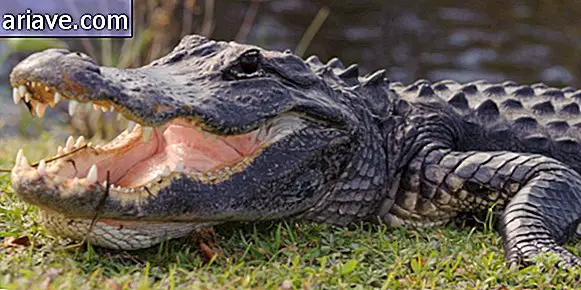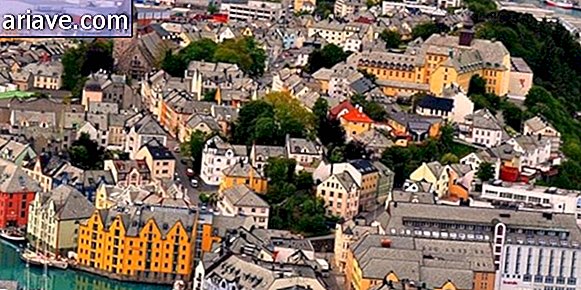The first man to walk in space almost stayed there
With companies commercially exploring space travel in a few years - and with a generous payment - it is probably possible to take a spacewalk. But have you ever wondered if something happens, and you end up staying there? That was the stumbling block Alexei Leonov, a Russian cosmonaut and the first human to take a spacewalk, went through.
He was trained for 18 months specifically for the Voskhod 2 mission, and on March 18, 1965 was launched along with Pavel Belyayev, both on their first space trip, to make history. They just didn't realize there would be so many unforeseen events.
Beginning of the difficulties
As soon as they entered orbit, Leonov began the procedures for the walk. After wearing his spacesuit, he coupled the extravehicular activity system (VAS), which was responsible for providing 45 minutes of oxygen, letting him breathe and maintaining a stable temperature.
Already equipped and with properly regulated pressurization systems, began its walk, which lasted 12 minutes and 9 seconds. During this time he described that he felt like an open-winged seagull flying over the earth, but did not know what to expect next.

When the return procedure began, the astronaut realized that his suit had become extremely rigid. Due to the lack of atmosphere around him, oxygen filled the whole suit, swelling it and causing his hands and feet to come out of his gloves and boots. He then realized that the only possible option was to release the air present in the suit so that he could reenter the ship. Leonov thought of warning the mission command, but as they could do nothing to help him, he kept silent so as not to scare the team on Earth or his family who accompanied the live walk.
With the release of oxygen, the temperature began to rise, and he was also in danger of soon being unable to breathe. Leonov carried a suicide pill so that he would not suffer so much if he were to suffocate, but he did not intend to use it without first attempting to enter the ship. He managed slowly, but needed to release even more air to bend and close the hatch at a critical moment, because if his colleague didn't activate the pressurization fast enough, the mission could fail right there.
And do not stop there...
As if the entry was no longer a problem, 5 minutes before beginning the re-entry procedure into the earth's atmosphere, the astronauts discovered that the automatic steering system was not working; That is, the whole procedure should be done manually, and still with little fuel!

The manual operation consisted of one of the cosmonauts being positioned horizontally between the seats, being held by the companion, so that it had view of the orientation window. After that, both would need to sit down quickly so that the ship's center of gravity was correct during the start of reentry.
Reentry would be smooth, but where they would fall made all the difference. We have to remember that it was Cold War era, so a diplomatic crisis could start with the landing of a Russian spaceship on the territory of countries considered non-Allied, or even in the middle of a densely populated city.
During the reentry itself, more problems: the ship spun wildly, causing the cosmonauts to be subjected to a force of 10 G! All this due to an orbital module that should have come loose, but remained stuck due to a connection problem. As the craft gained speed and approached the ground, the apparatus burned, and everything stabilized for landing in the Solikamsk region of Siberia.

The landing was not in the best place, and the astronauts struggled to open the hatch as it would have to explode and release the passage automatically. The system had been damaged, and a tree blocked the opening. Trying to solve the problem, the pair began to force the lid, causing it to fly away. The distress signal was intercepted by a cargo plane, and they were told that they would need to stay overnight at a temperature of -30 ° C.
Mission Accomplished
Leonov and Belyayev survived until the next day when the rescue arrived using skis. They built a bonfire, cut the forest that gave access to the site and, the other day, had to travel 9 kilometers also with skis to the point where the helicopter could land.
Arriving in the city of Leninsk, cosmonauts had to report to their superiors about the mission, and Leonov was more than direct: "With a special suit, men can survive and work in space." He did not elaborate on the problems, and is thought to have been directed at them, so that the information would not come to the attention of the enemies.

Alexey Leonov today lives in Russia and is retired, but the plans that existed for him were up to what happened. He was expected to be the first cosmonaut to set foot on the moon, but as the Americans accomplished this feat before, the project was canceled.











